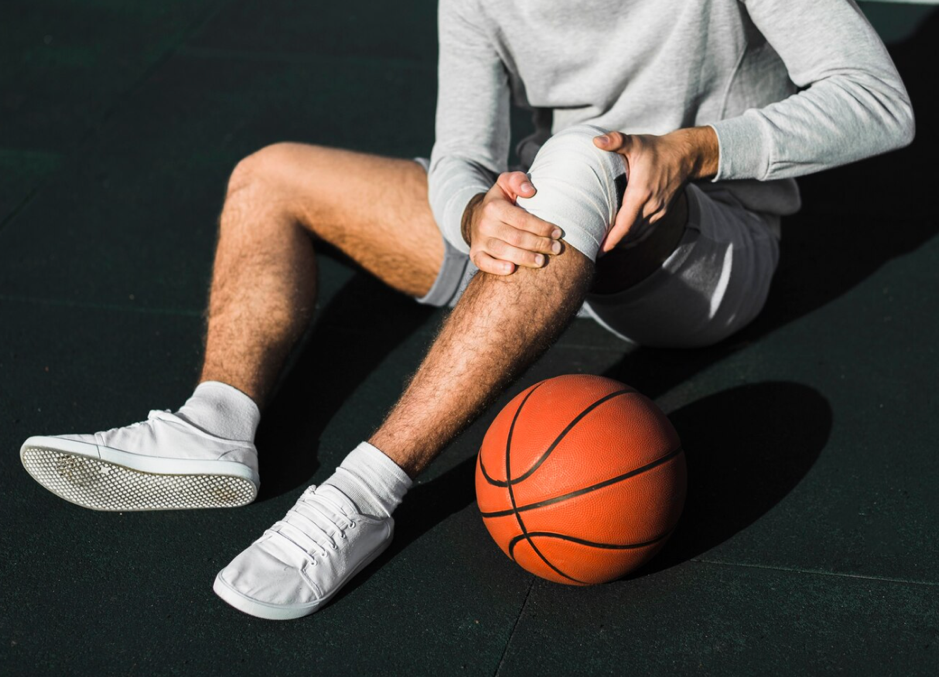
As athletes gear up for football, soccer, cross-country running, and other fall sports, excitement is often matched with the risk of injury. Strains, sprains, and overuse injuries tend to spike during the fall season, especially as players transition from summer conditioning into more rigorous schedules.
The physicians at Houston Physicians’ Hospital understand the unique demands of seasonal athletics and provide guidance to help reduce the risk of injury while supporting optimal performance levels.
Why Fall Sports Injuries Are Common
The start of the fall sports season often means increased training intensity, cooler weather, and sometimes less recovery time between practices and games. These changes can put additional stress on the musculoskeletal system.
Athletes who take the summer off may be at greater risk because their muscles, tendons, and ligaments are not fully prepared for the sudden demands of competition. Even well-conditioned athletes face higher risks of injury during this period as their bodies adjust to repetitive stress and increased contact.
The Most Frequent Fall Sports Injuries
While injuries vary by sport, certain conditions are more common during the fall season. Muscle strains, ligament sprains, knee injuries such as meniscus tears, and ankle sprains are frequent among football and soccer players.
Runners may experience stress fractures, shin splints, or tendonitis as mileage increases. Shoulder injuries are also common, particularly among athletes in throwing sports.
Recognizing early signs, such as persistent soreness, swelling, or instability, is essential to prevent minor issues from becoming more serious.
Injury Prevention Through Conditioning
Proper conditioning plays a major role in lowering the risk of fall sports injuries. Athletes are encouraged to build strength and flexibility gradually rather than ramping up too quickly.
Core stability exercises help protect the spine and reduce strain on the lower body. Warmups and cooldowns are equally important, as they prepare muscles and joints for activity and aid in recovery afterward.
Stretching, particularly dynamic stretching before practices and games, can help maintain mobility and reduce stiffness.
The Role of Proper Equipment and Technique
Wearing the right footwear and protective gear can significantly decrease the risk of injury. For example, supportive cleats may help prevent ankle sprains on uneven surfaces. Protective pads, braces, or helmets provide crucial support in contact sports.
Beyond equipment, proper technique is key. Athletes should work with coaches and trainers to ensure they are moving efficiently and avoiding mechanics that place unnecessary stress on joints and muscles.
Recovery and Rest
One of the most overlooked aspects of sports performance is recovery. Adequate sleep, hydration, and nutrition help the body repair and build resilience.
Scheduling rest days into training cycles allows the musculoskeletal system to recover and adapt to the demands of competition. Without rest, athletes are more prone to overuse injuries such as stress fractures and tendonitis.
When to Seek Orthopedic Care

Sometimes pain is more than just temporary soreness. Athletes should seek medical attention if pain persists beyond a few days, if swelling or instability worsens, or if they notice decreased performance despite rest. Early evaluation by an orthopedic physician may prevent minor injuries from developing into chronic conditions that could sideline an athlete for the season.
Support for Athletes Beyond the Season
Fall sports can be a rewarding and exciting time, but they also carry an increased risk of injury. By focusing on conditioning, proper technique, protective equipment, and adequate recovery, athletes can reduce the likelihood of fall sports injuries and maintain performance throughout the season.
The orthopedic specialists at Houston Physicians Hospital are experienced in diagnosing and treating sports-related injuries with individualized care tailored to each patient. They may recommend treatments such as targeted rehabilitation or physical therapy that support recovery and long-term joint health.
On the Sports Medicine Program page, you can scroll down and find an orthopedic Specialist Webster TX or orthopedic Surgeon in League City TX who’s right for you. Then click on their bio to visit their Friendswood Specialty Hospital website and make an appointment.
If fall sports injuries are limiting your performance, Joint Pain Treatments near NASA TX may provide the sup

